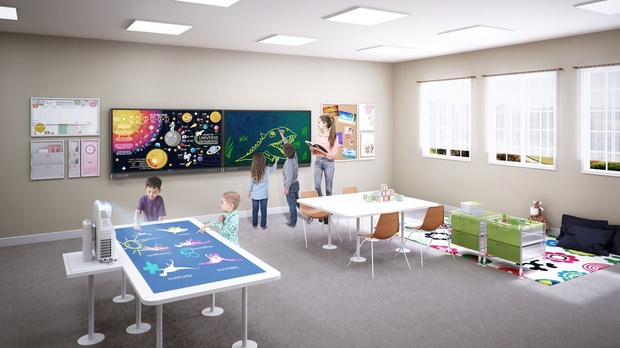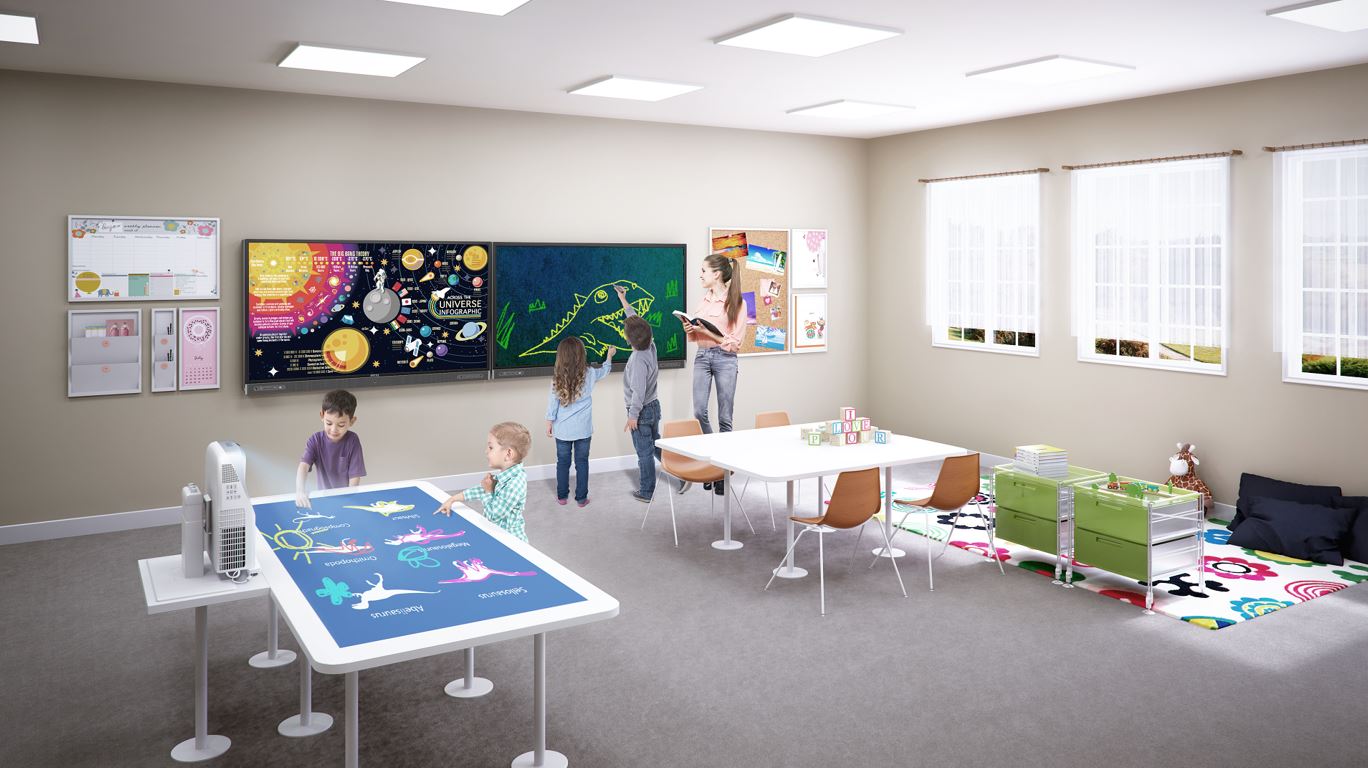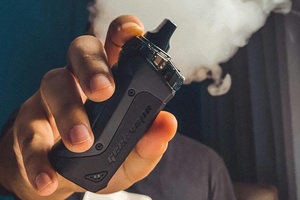Thankfully, the technology designed to prevent airborne virus particles building up in classrooms is developing and refining by the day.
With mask mandates dropped on campuses around the country, experts suggest air purifiers have become the most powerful weapon we have – alongside testing and staying at home – to fight the spread of Omicron and ensure schools can continue to operate safely.
Let’s take a look at the current air purification technology and what educators and school leaders need to know about where it’s heading.
Operation filtration
As epidemiologists sharpen our understanding around the risk of COVID transmission in various indoor settings, state governments have swung into action.
Ahead of Term 1, hundreds of millions of dollars have been spent on air ventilation measures in classrooms, with swarms of air purifiers rolled out to public schools across Australia.
Non-government schools have also zeroed in on ventilation, testing fresh air levels, installing air purifiers and buying carbon dioxide monitors where necessary.
Despite this, Dr Moe Assoum, founder of Mercy Global Health, told EducationHQ in January that some learning spaces still posed a significant risk to teachers and students.
“…unless you have very well-ventilated rooms … and you also have good mask compliance, there is a significant risk of transmission within classrooms.”
Clearly, as Boston University’s Douglas Hannah notes for The Conversation, there is tremendous value in investing in indoor air quality through monitoring and improved ventilation and filtration.
Current air purification tech under the microscope
The commercial filter of choice, high-efficiency particulate air (HEPA) filters, remove 99.9 per cent of aerosolised virus particles in the air.
The Cleaner Air research team at The University of Melbourne warn that HEPA filters don’t provide fresh air, and so must be combined with a source of outside air to help dilute virus particles.
The team note we need to aim for four to six (or even greater than six) ‘air changes per hour’ (ACH) in any given space.
“But this is hard to achieve with our current buildings, our existing ventilation systems, while also maintaining our heat and energy efficiencies and how we currently use our indoor spaces,” the team write.
“Air cleaners are an extra tool in our arsenal to further reduce the risk of virus particles and to get the effective air changes to where we need them to be.
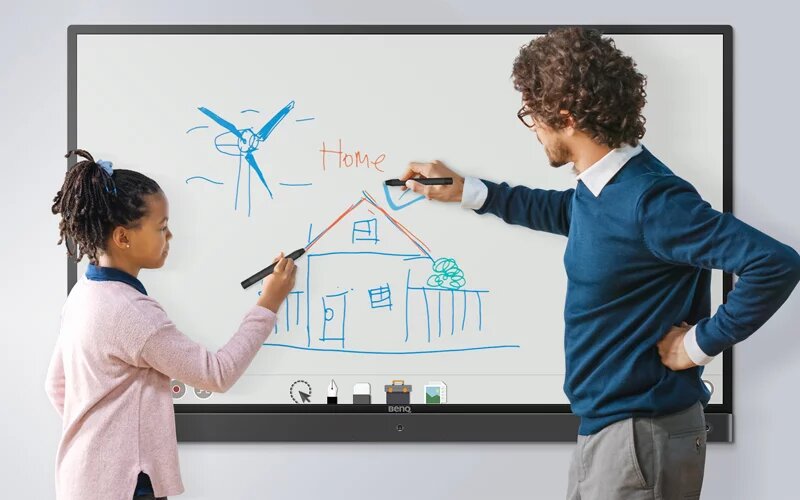
The Corsi-Rosenthal box movement
A low-cost alternative to these professional units has emerged during the pandemic, thanks to an inspiring grassroots movement.
Known as the ‘Corsi-Rosenthal box’, this cubed cardboard construction has surfaced as a kind of prototype for DIY portable air filters used in schools.
The device consists of four to five ‘off-the-shelf’ MERV13 furnace filters topped by a standard box fan that blows outward.
Research suggests the COVID virus is a miniscule particle of 0.1 micron, but the human-generated respiratory droplets that carry it are predominantly one micron in size and larger. MERV-13 filters have been said to remove particulate between 1-3 micron, with 85 per cent efficiency.
A quick online search reveals the extent to which the Corsi-Rosenthal box movement has gathered stream among educators.
CO₂ the virus ‘proxy’
Because COVID-positive people exhale carbon dioxide (CO₂) along with aerosol droplets containing the virus, CO₂ can be used as a ‘proxy’ of indoor COVID concentrations.
But poor air is not only harmful to children’s health, but also hampers their ability to learn.
Often crowded, overheated and poorly ventilated classrooms excel at increasing the generation of CO2 in the air, bringing on symptoms such as headaches, nausea, poor concentration and blurred vision.
BenQ’s ClassroomCare® technology
The good news is that BenQ’s ClassroomCare® technology is here to help schools ensure their classroom microclimate is safe and viral build up is kept at bay.
What educators need is data to act on – key environmental parameters that can be measured and monitored in real
time.
Enter BenQ’s timely smartboard, The ClassroomCare® Interactive Flat Panel, which comes with in-built air quality sensors.
Educators can easily measure and monitor temperature, humidity, PM 2.5, P10, CO2 and VOC concentration levels via the display.
Armed with this information, teachers can then intervene with appropriate actions.
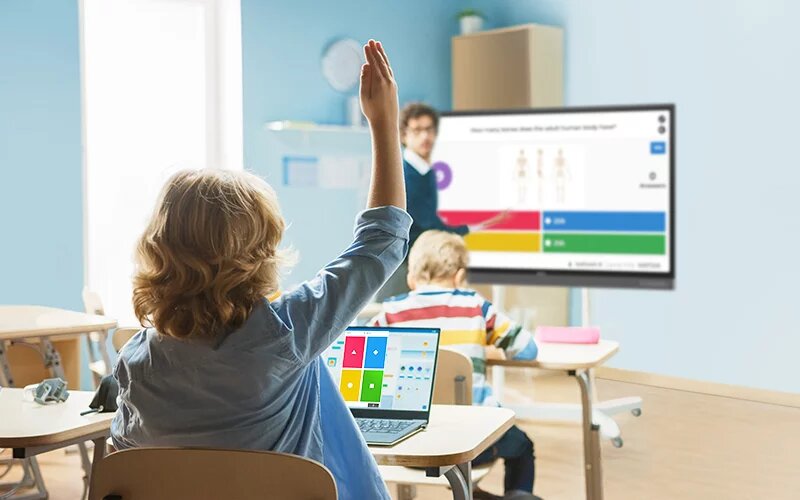
The future of air purification technology?
An emerging technology in the air purification realm is called ‘bipolar ionization’. Let’s break this down in more detail.
Air ions are invisible molecules that come with an electrical charge and hover around in the atmosphere. Negative ions are molecules that have gained an electron, while positive ions have lost an electron.
An air ionizer works by releasing negative ions into the air. These molecules attach themselves to tiny particles, including COVID-19-laced aerosol droplets and particles like those found in cigarette smoke.
This causes the particles to take on an electrical charge, clump together, and land on surfaces which can then be cleaned. When the ions charge other particles, a colourless gas called Ozone is formed. This gas inactivates viruses in by destroying their genetic material and membranes.
Bipolar ionization has other benefits. According to a 2018 literature analysis, negative ions have also been found to impede bacteria and mould species, boost immunity and regulate sleeping patterns.
But there’s a caveat. Bipolar ionization also has the ability to generate ozone and other potentially harmful by-products indoors. When it comes to the future of air purification technology and BenQ’s ongoing quest to keep students and teachers safe and healthy, all we can say is ‘watch this space’.

